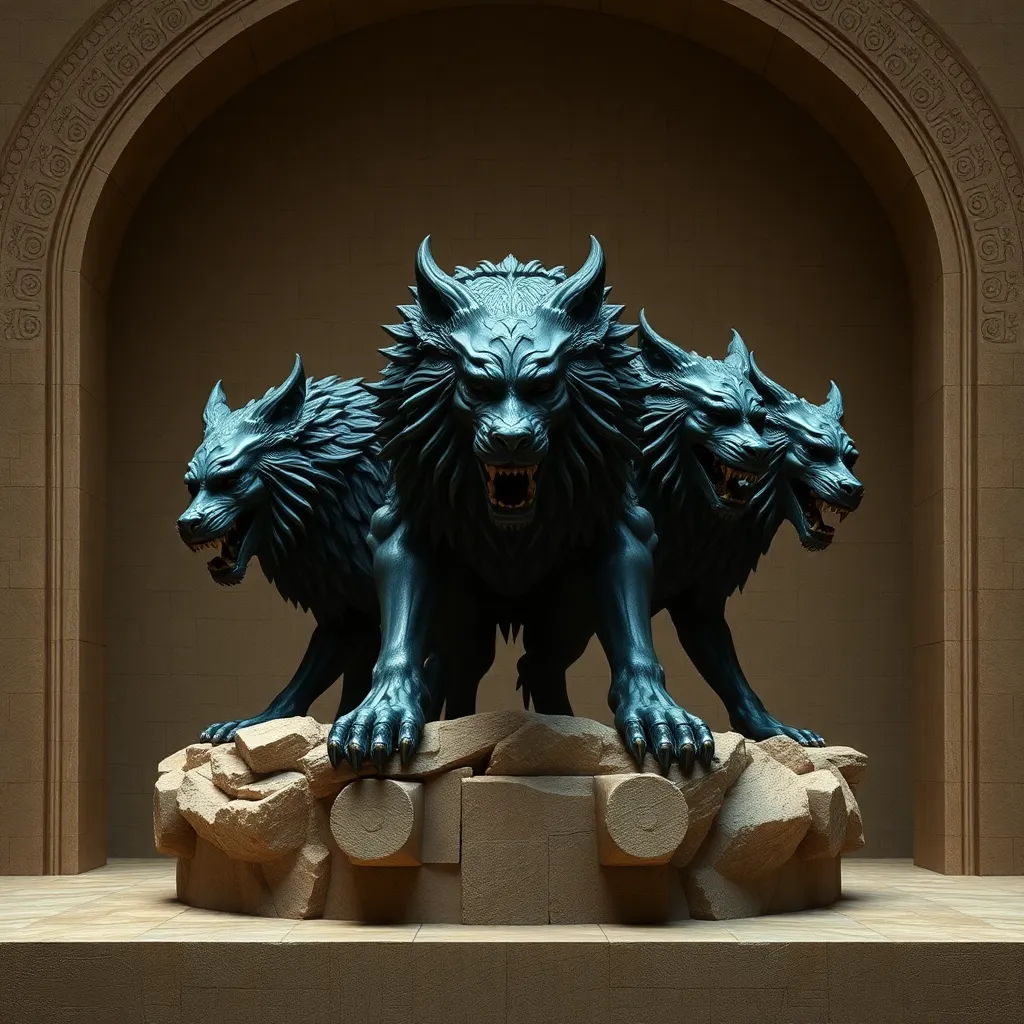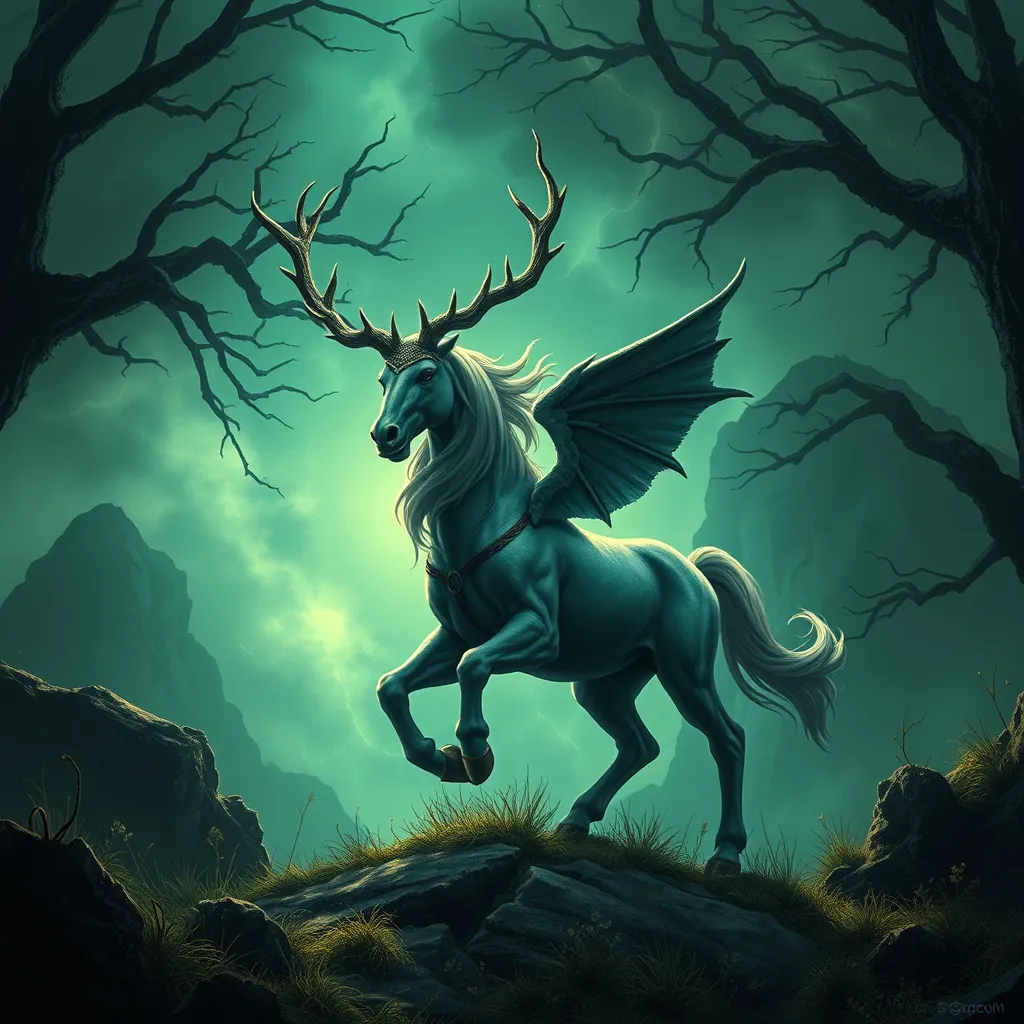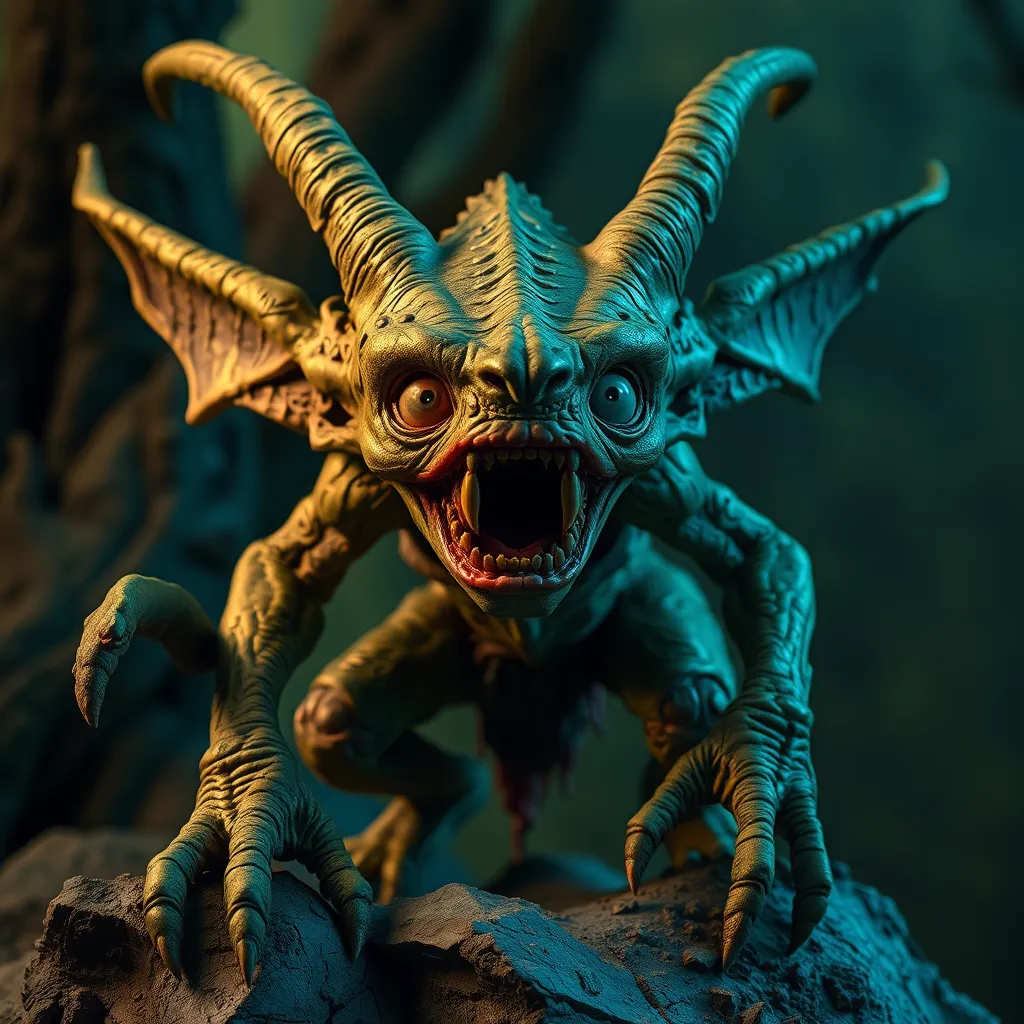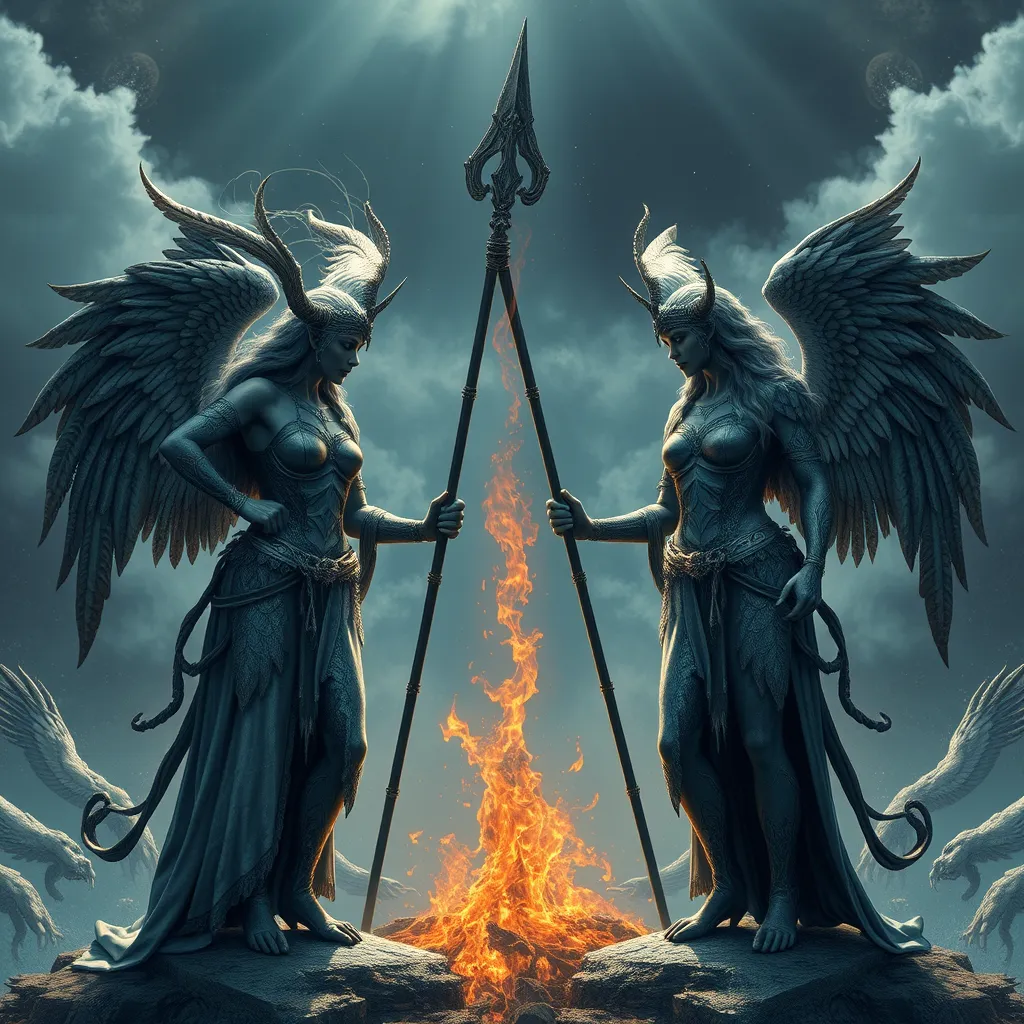The Power of Cerberus: Examining the Myth’s Impact on Roman Religion and Beliefs
I. Introduction
Cerberus, the three-headed dog of the Underworld, is one of the most iconic figures in ancient mythology.
Rooted in Greek mythology, Cerberus has transcended cultures, becoming a significant symbol in Roman religion and beliefs.
Its portrayal as the guardian of the Underworld evokes themes of death, protection, and the afterlife, making it a powerful figure in both myth and society.
This article aims to explore the origins, representations, and lasting impact of Cerberus on Roman culture and beyond.
II. Origins of Cerberus in Greek Mythology
Cerberus is primarily recognized as a creature of the Underworld, often depicted as a monstrous dog with three heads, a serpent for a tail, and numerous snakes protruding from his body.
His primary role in Greek mythology was to guard the gates of Hades, preventing the souls of the dead from escaping and the living from entering without permission.
The symbolism of Cerberus encompasses various themes:
- Guardian of the Afterlife: Cerberus’s role emphasizes the importance of boundaries between life and death.
- Fear and Control: His fearsome appearance served to instill dread, ensuring respect for the Underworld.
- Transformation: Cerberus’s character evolved through myths, reflecting societal attitudes towards death and the afterlife.
As Roman culture adopted Greek mythology, Cerberus transitioned into their pantheon, maintaining his role but also adapting to new religious contexts.
III. Cerberus in Roman Literature and Art
In Roman literature, Cerberus is frequently referenced, notably in Virgil’s “Aeneid.”
Virgil depicts Cerberus as a formidable presence guarding the entrance to the Underworld, symbolizing the inevitability of death and the afterlife’s mysteries.
Artistic representations of Cerberus also flourished during the Roman era. Mosaics, sculptures, and frescoes often featured him in various forms:
- In mosaics, Cerberus was portrayed with exaggerated features, highlighting his monstrous nature.
- Sculptures depicted him in dynamic poses, emphasizing his role as a fierce guardian.
- Frescoes illustrated scenes from mythology, often including Cerberus in moments of confrontation with heroes.
These depictions influenced Roman society by reinforcing beliefs about the afterlife and the importance of respecting its boundaries.
IV. Cerberus and the Concept of the Afterlife
Cerberus’s role as the guardian of the Underworld is central to understanding Roman beliefs about the afterlife.
Romans held a complex view of death, believing in a journey to the afterlife where souls would be judged.
The significance of Cerberus in funerary practices can be seen in various ways:
- Guardianship: Cerberus symbolized the need for protection in death, ensuring safe passage to the afterlife.
- Rituals: Offerings and rituals were performed to appease Cerberus, ensuring that deceased loved ones were treated with respect.
- Artistic Commemorations: Cerberus often appeared in tomb decorations, serving as a reminder of the protection afforded to the dead.
V. Cerberus as a Symbol of Power and Control
Beyond his role as a guardian, Cerberus represented fear and protection, making him a powerful symbol in Roman leadership.
Authority figures in Rome often associated themselves with Cerberus to convey strength and control over death and chaos.
The connection between Cerberus and authority can be illustrated in:
- Imperial Propaganda: Emperors used images of Cerberus to symbolize their power over life and death.
- Military Strength: Cerberus’s ferocity was likened to the might of the Roman army, instilling fear in enemies.
- Legal Authority: Cerberus’s role as a guardian paralleled the protective nature of Roman laws, emphasizing justice and order.
VI. Cerberus in Popular Culture and Its Legacy
The legacy of Cerberus extends far beyond ancient Rome, evolving into modern interpretations across various forms of media.
Contemporary literature, film, and art have reimagined Cerberus, often portraying him as a tragic or misunderstood figure.
Some notable examples include:
- Literature: Cerberus has appeared in modern novels, where he is often a companion or protector of protagonists.
- Film: Movies depict Cerberus as a fierce guardian, embodying the struggle between good and evil.
- Video Games: Cerberus features prominently in many video games, often depicted as a formidable boss or ally.
This evolution underscores Cerberus’s enduring appeal and the ways in which mythological figures can adapt to new narratives.
VII. Comparative Analysis: Cerberus and Other Mythical Creatures
Comparing Cerberus with other mythical guardians reveals both similarities and differences that enrich our understanding of mythology.
Other creatures, such as the Egyptian Anubis and the Norse Fenrir, share themes of guardianship and the afterlife.
Key points of comparison include:
- Similarities: All serve as protectors of the afterlife, symbolizing fear and the unknown.
- Differences: Cerberus is often depicted as more monstrous, while others may embody more human-like traits.
- Cultural Influence: Each creature reflects the values and beliefs of its respective culture, shaping religious practices.
Understanding these similarities and differences offers broader implications for grasping the complexities of Roman mythology and its influences.
VIII. Conclusion
Cerberus has left an indelible mark on Roman religion and beliefs, embodying themes of power, protection, and the afterlife.
His transition from Greek mythology to Roman culture illustrates the adaptability of myths and their ability to resonate across time and space.
The enduring legacy of Cerberus in modern culture highlights the persistent relevance of mythology in shaping our understanding of life, death, and the human experience.
Ultimately, Cerberus serves as a reminder of the profound impact that mythology has on cultural identity and collective beliefs.



